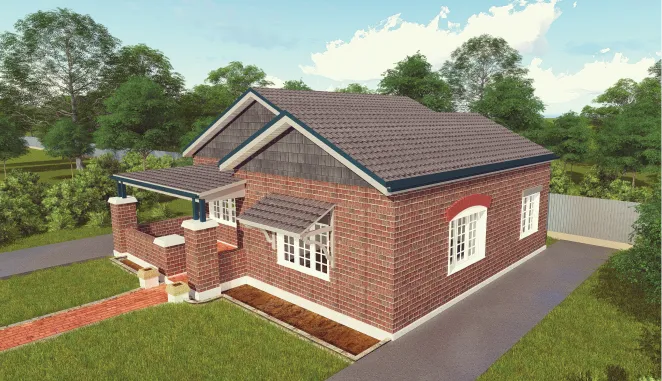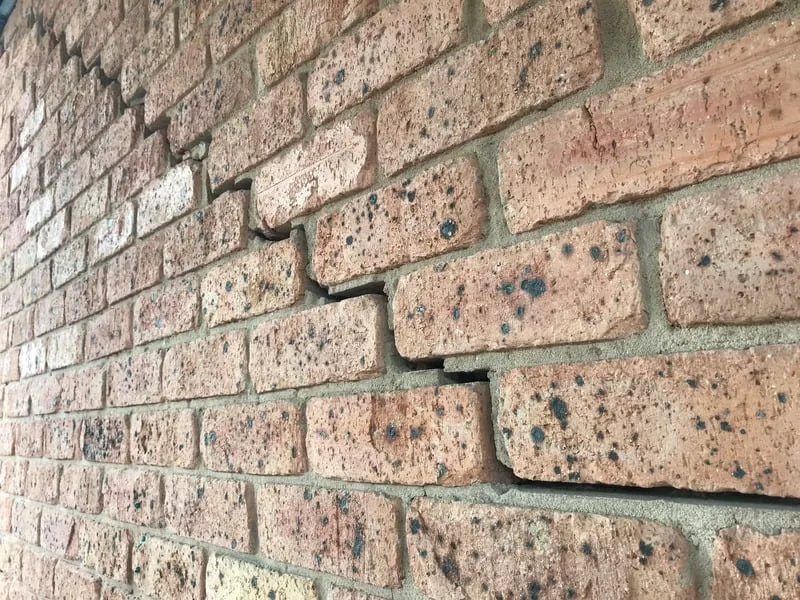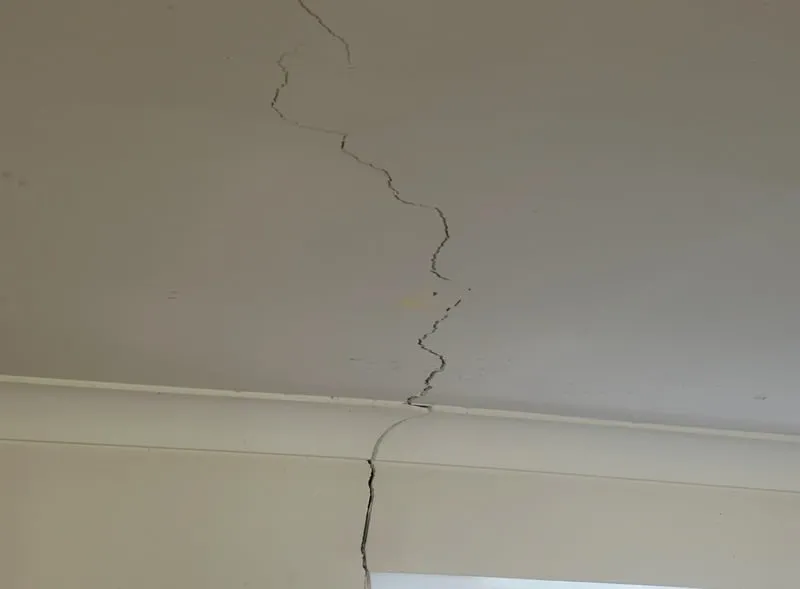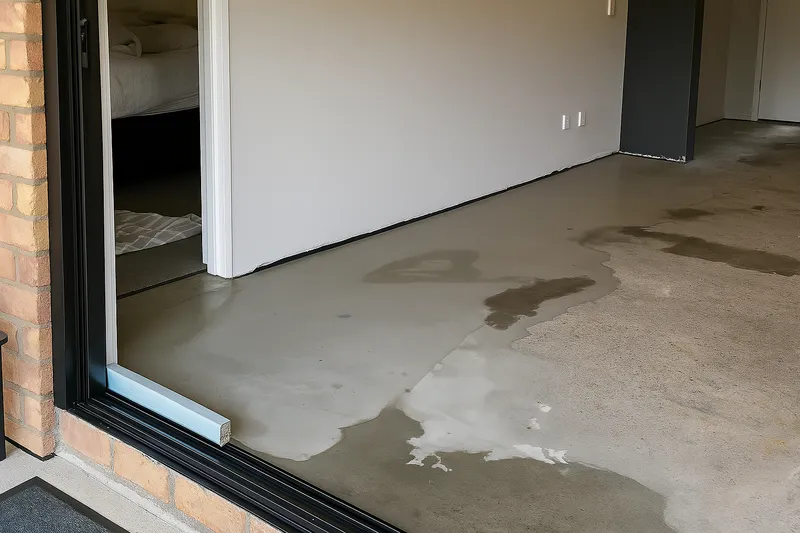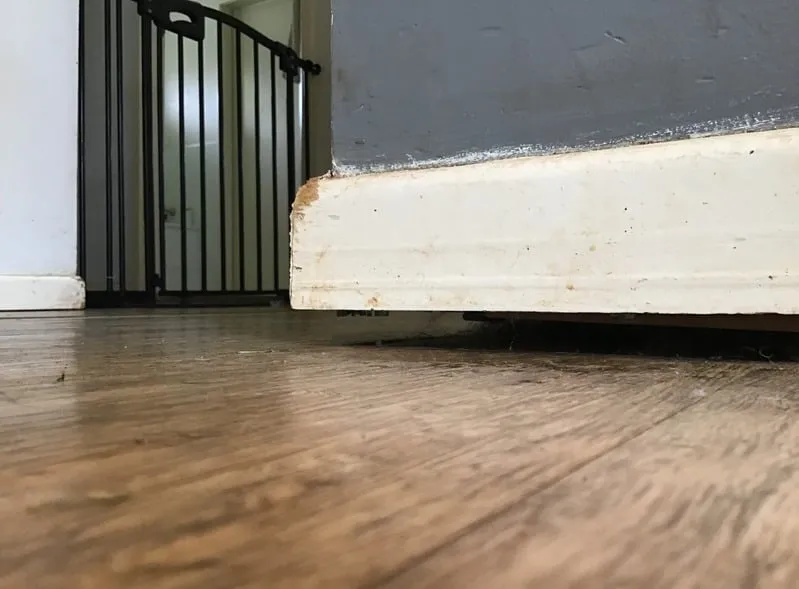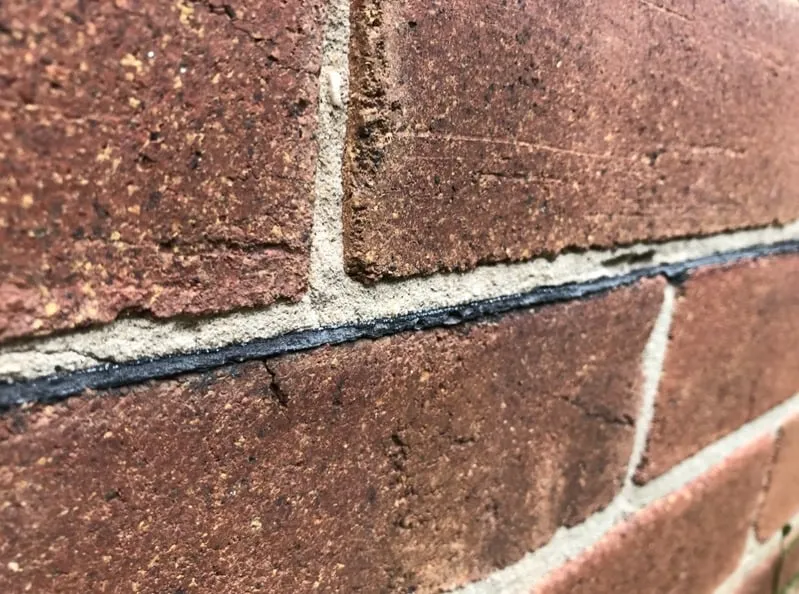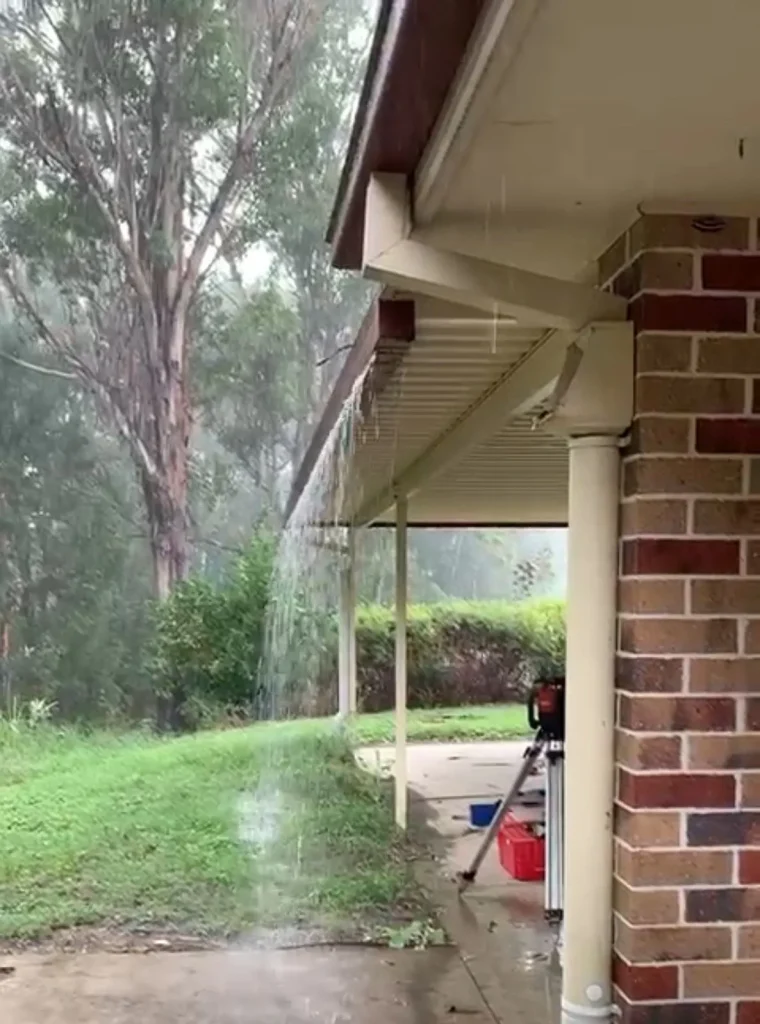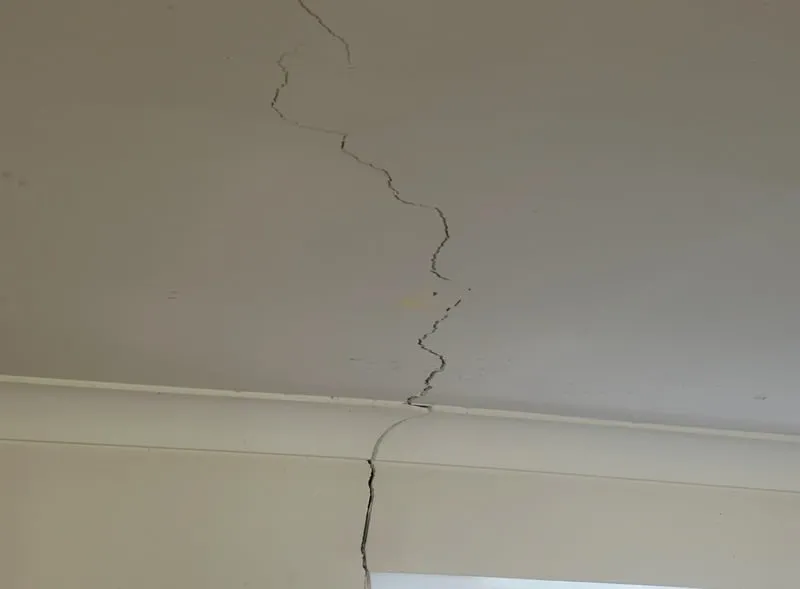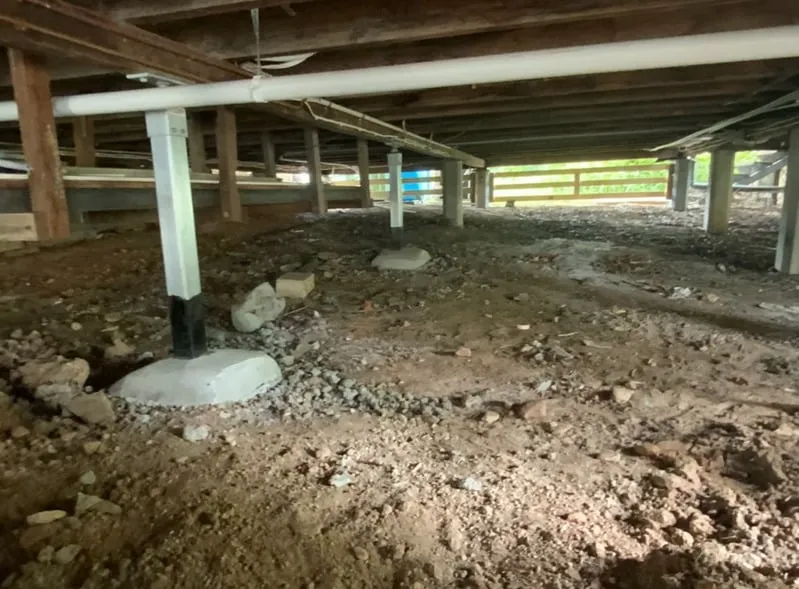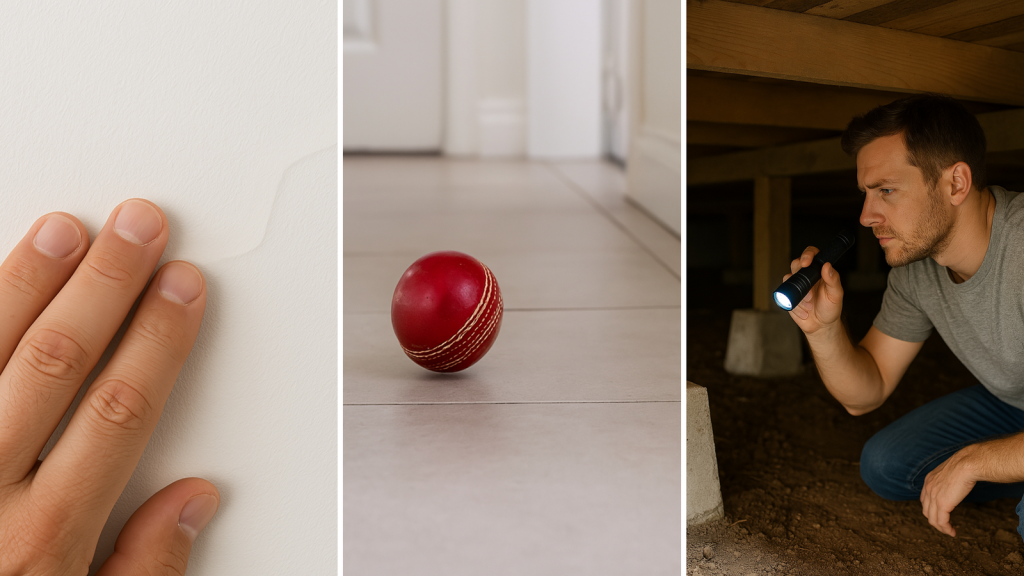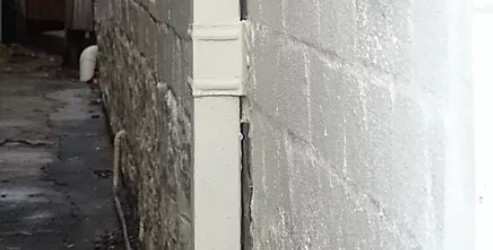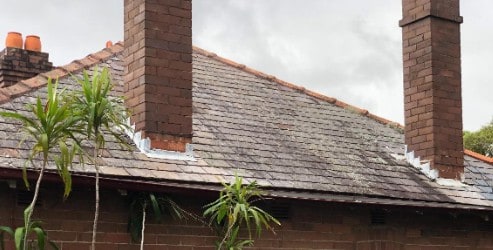Wall cracks are common in Australian homes, but not all mean something’s wrong. Some are harmless signs of natural settling or aging materials. Others? They could signal that your home is shifting or sinking.
So how do you know the difference?
After assessing over 50,000 homes, we’ve identified the clearest signs that separate cosmetic cracks from structural ones.
Is Your Wall Crack Just Ugly, or Is It More Serious?
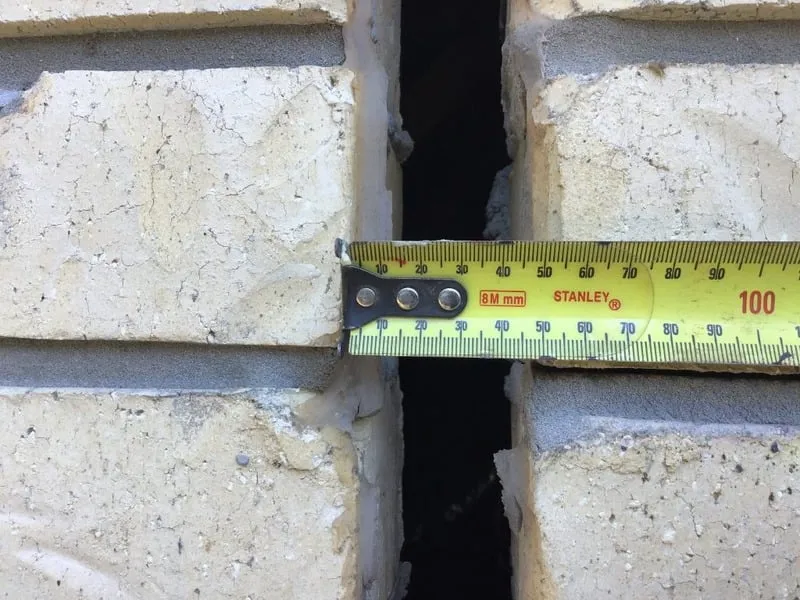
We’ve rounded up the surest signs that tell you if your wall cracks means trouble. Here’s what to look for:
1. Width Matters: Measure the Crack
- Hairline cracks (under 1mm) are often cosmetic. These can be caused by plaster shrinkage or paint drying.
- Cracks wider than 3mm may indicate movement in the walls or foundation.
- Over 5mm? That’s a huge red flag. Get it checked immediately.
Pro Tip: Use a 5c coin or place two credit cards together. If the crack is about the width of the coin’s edge or the two cards, or it has appeared suddenly without explanation, it’s time for a professional assessment.
2. Types of Cracks: Direction and Shape
- Vertical cracks in plaster or corners may be due to natural movement and are often minor.
- Stepped cracks in brickwork (following mortar joints) or diagonal cracks above doors and windows often point to foundation issues.
- Horizontal cracks are usually more serious and can signal structural stress or wall rotation.
3. Location, Location, Location
- Internal surface cracks (such as hairline cracks in paint or plaster) are more likely to be cosmetic.
- Cracks in concrete, external brickwork, slab edges, or near foundation walls are far more likely to be structural.
- Cracks near doors and windows are key indicators of wall movement or footing displacement.
4. Has the Crack Reappeared After Repair?
If you’ve patched a crack and it’s come back–especially if it’s wider than before–it’s likely that the underlying issue was never fixed.
What this means: Cosmetic fixes don’t work when the structure is still moving. You may be dealing with subsidence.
5. Other Symptoms of Damage to Watch For
A crack might be the start of something bigger. Look out for:
- Doors or windows sticking or becoming misaligned.
- Bouncy or sloping floors.
- Gaps between walls and ceilings/skirting boards.
- Drainage issues or cracks appearing alongside plumbing.
What Should You Do If You’re Unsure?
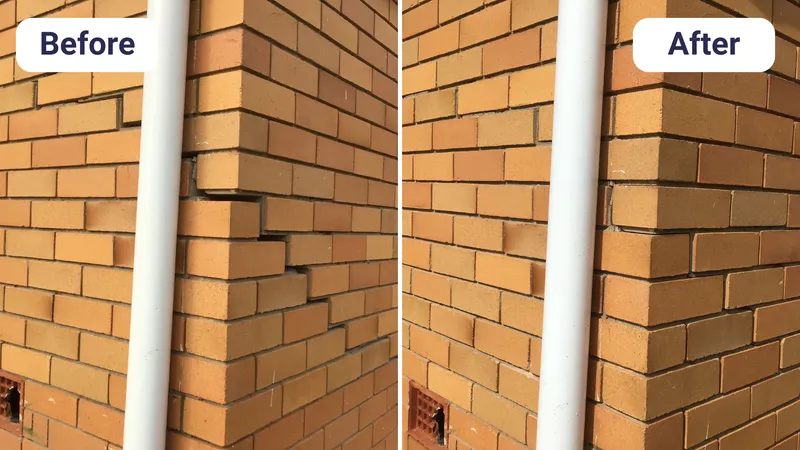
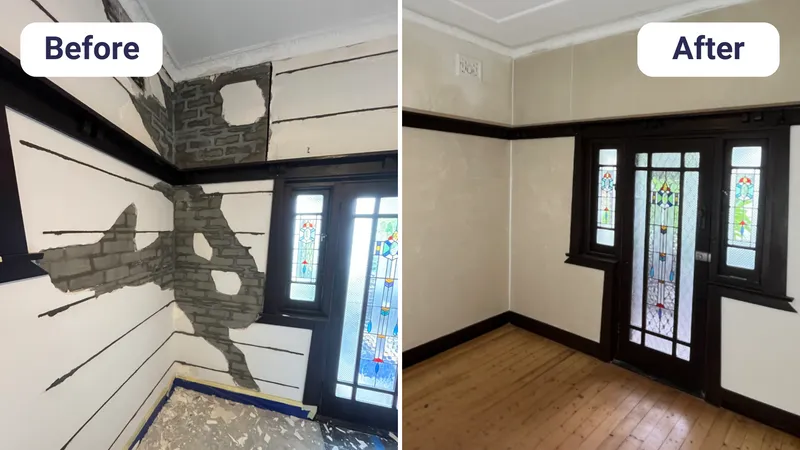
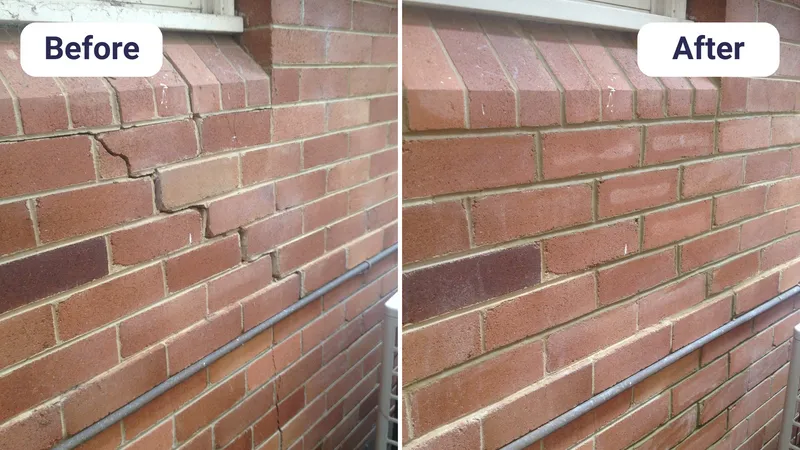
Cracks can be confusing. Don’t stress trying to diagnose it yourself.
Buildfix offers free structural assessments to give you clarity fast. We don’t just patch the crack–we fix the cause.
With registered structural engineers and over a decade of experience, we’ll help you determine whether your home is simply ageing–or if there’s something more serious going on beneath the surface.
FAQS: Cosmetic vs Structural Cracks
What is a cosmetic crack in a wall?
A cosmetic crack is a small, surface-level crack, often in plaster or paint. Common types are shrinkage cracks, caused by materials like concrete contracting as they dry out, or settlement cracks, caused by minor movement as soil compacts beneath your home. As long as they’re under 1mm wide, they’re usually nothing to worry about.
What makes a wall crack a structural crack?
Cracks wider than 3mm, diagonal or stepped cracks, and cracks in exterior brickwork often point to foundation movement or subsidence.
Are recurring cracks always structural?
Not always. Minor cracking can be common as materials dry in new homes. But if a crack reopens after repair, or keeps widening, it likely points to unresolved structural movement.
Should I fix a wall crack myself?
You can fill cosmetic cracks, but if underlying structural problems are the root cause, you’ll just see the emergence of wall cracks again. If the crack is growing or you’re unsure about its severity, it’s best to get a professional inspection and assessment.
Does Buildfix repair both structural and cosmetic cracks?
Yes. We diagnose the cause and offer permanent solutions for fine cracks and significant cracking issues. This covers foundation stabilisation, wall stitching, plaster repairs–and more.
[Book Your Free Structural Assessment] or call 1300 854 115
Explore Our Wall Crack Repair Services: https://www.buildfix.com.au/wall-crack-repair/



